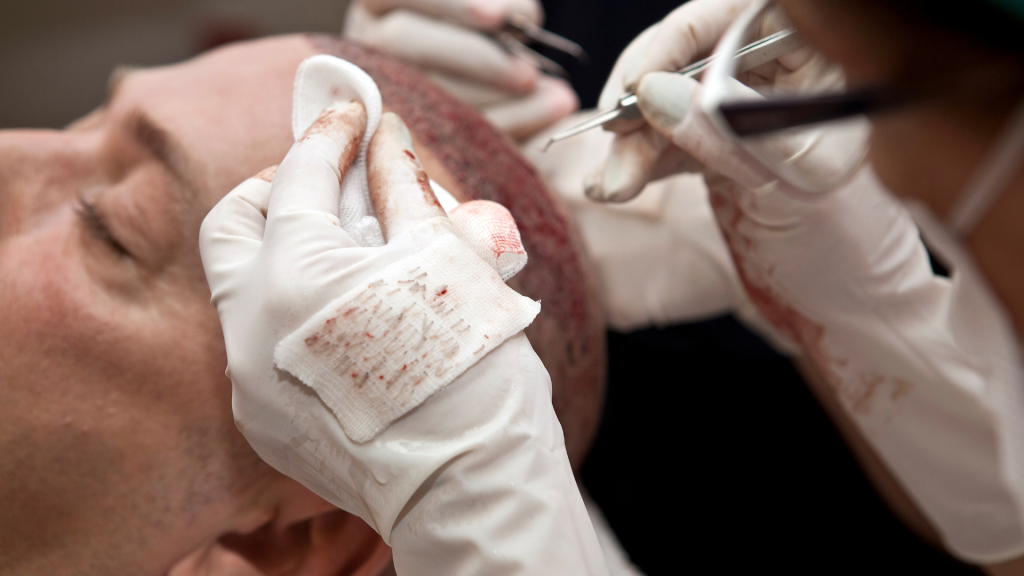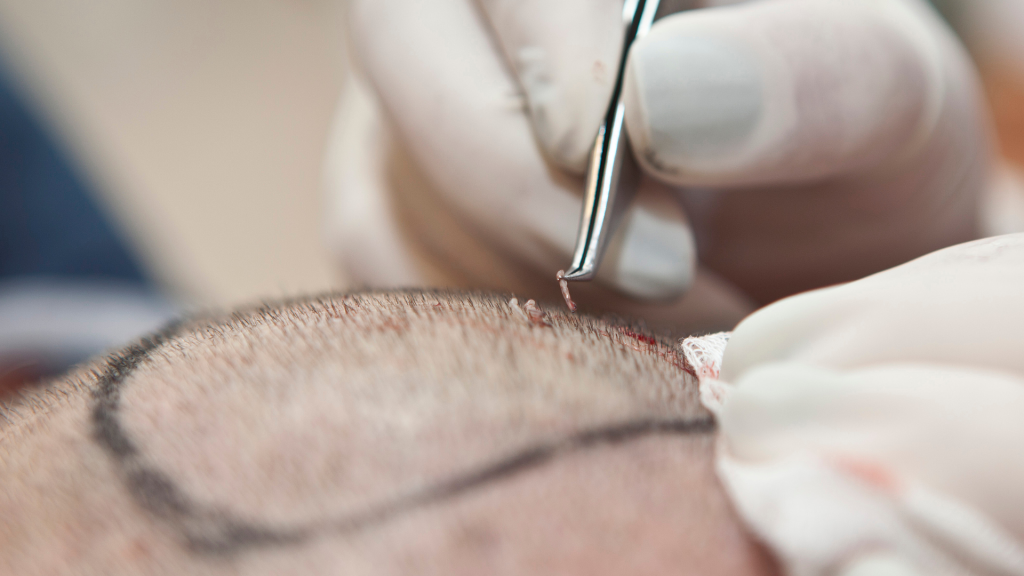Hair loss can be a deeply personal and confidence-shaking experience, leading many to seek solutions that restore not just their hair, but their self-esteem. Among the most popular options today is hair transplantation—a procedure that has gained immense popularity for its ability to deliver natural-looking, long-lasting results. But as with any medical intervention, the question lingers: How safe are hair transplants?
The good news is that modern hair transplant techniques, such as Follicular Unit Extraction (FUE) and Follicular Unit Transplantation (FUT), are considered safe and effective when performed by skilled professionals. However, like any surgical procedure, it’s not entirely without risks. From minor side effects like swelling and itching to rare complications such as infection or scarring, understanding the safety measures and potential risks is crucial before taking the plunge.
Are hair transplants safe for everyone?

Hair transplants have become a popular solution for those battling hair loss, offering a permanent way to restore confidence and achieve a fuller head of hair. However, while the procedure is safe and effective for many, it’s not a one-size-fits-all solution. Certain individuals may not be ideal candidates for a hair transplant, and understanding these factors is crucial to avoid disappointment or complications. Let’s dive into who might need to reconsider this procedure.
- Insufficient Donor Hair: If you lack enough healthy hair at the back or sides of your scalp, a transplant may not work.
- Certain Medical Conditions: Chronic illnesses like uncontrolled diabetes or scalp issues like psoriasis can increase risks.
- Young Adults: Early-stage hair loss in your 20s may not be stable enough for predictable results.
- Unrealistic Expectations: A transplant won’t give you overnight perfection. It takes time and may not restore full density.
- Keloid Scarring: Prone to thick scars? You might face noticeable scarring post-surgery.
- Poor Scalp Elasticity: A tight scalp can make the procedure challenging and less effective.
- Unwilling to Follow Aftercare: Proper post-op care is crucial. If you cannot commit, results may suffer.
What are the risks of hair transplant surgery?
Hair transplant surgery has become a popular solution for those struggling with hair loss, offering a permanent way to restore a fuller head of hair. But like any surgical procedure, it’s not without its risks. While modern techniques have made hair transplants safer and more effective, it’s important to understand the potential complications before taking the plunge. Let’s dive into the risks associated with hair transplant surgery and how you can minimize them.
- Infection – Rare but possible if post-op care isn’t followed. Symptoms include redness, swelling, or pus.
- Bleeding and Scarring – Minor bleeding is common; scarring depends on the technique (FUT leaves more scars than FUE).
- Swelling and Pain – Temporary swelling (forehead/eyes) and discomfort are normal and subside in a few days.
- Shock Loss – Temporary shedding of transplanted or existing hair due to surgery trauma; usually regrows.
- Unnatural-Looking Results – Poorly placed grafts or incorrect hairline design can lead to patchy or uneven results.
- Numbness – Temporary loss of sensation in donor/recipient areas; rarely permanent.
- Cysts and Ingrown Hairs – Small cysts or ingrown hairs may form but typically resolve on their own.
- Unsatisfactory Results – Limited donor hair or inadequate density may require multiple sessions.
- Allergic Reactions – Rare reactions to anesthesia or medications used during the procedure.
- Cost and Emotional Impact – High cost and potential disappointment if results don’t meet expectations.
Factors influencing hair transplant safety
Hair transplants have become a popular solution for those struggling with hair loss, offering a permanent way to restore confidence and achieve a fuller head of hair. But as with any medical procedure, safety is a top concern. If you’re considering a hair transplant, it’s crucial to understand the factors that influence its safety and success. Let’s dive into the key elements that can make or break your hair transplant experience.

- Clinic Reputation and Expertise:
- Choose a clinic with board-certified surgeons and a proven track record.
- Look for adherence to safety standards and positive patient reviews.
- Technique Used: FUT vs. FUE:
- FUT involves removing a strip of skin, potentially leaving a linear scar.
- FUE is minimally invasive, with quicker recovery and tiny dot-like scars.
- Pre-Operative Assessment and Planning:
- A thorough evaluation of scalp condition, medical history, and realistic expectations ensures a safe and customized procedure.
- Post-Operative Care and Hygiene:
- Proper aftercare, including scalp cleaning and avoiding strenuous activities, prevents infections and ensures successful healing.
- Technology and Equipment:
- Advanced tools like robotic FUE systems enhance precision and safety during the procedure.
- Patient-Specific Factors:
- Age, health conditions, and lifestyle habits (e.g., smoking) can impact safety and recovery.
- Realistic Expectations and Mental Preparedness:
- Understanding the process and potential outcomes reduces dissatisfaction and unnecessary risks.
Endnote
Hair transplant surgery is generally safe and effective when performed by a skilled, qualified surgeon, though risks like infection, scarring, or temporary shock loss can occur. Choosing an experienced professional and following pre- and post-op care instructions are crucial for natural results and smooth recovery. Consulting a specialist to address your specific needs and expectations is essential for making an informed decision and achieving the best outcome in your hair restoration journey.




